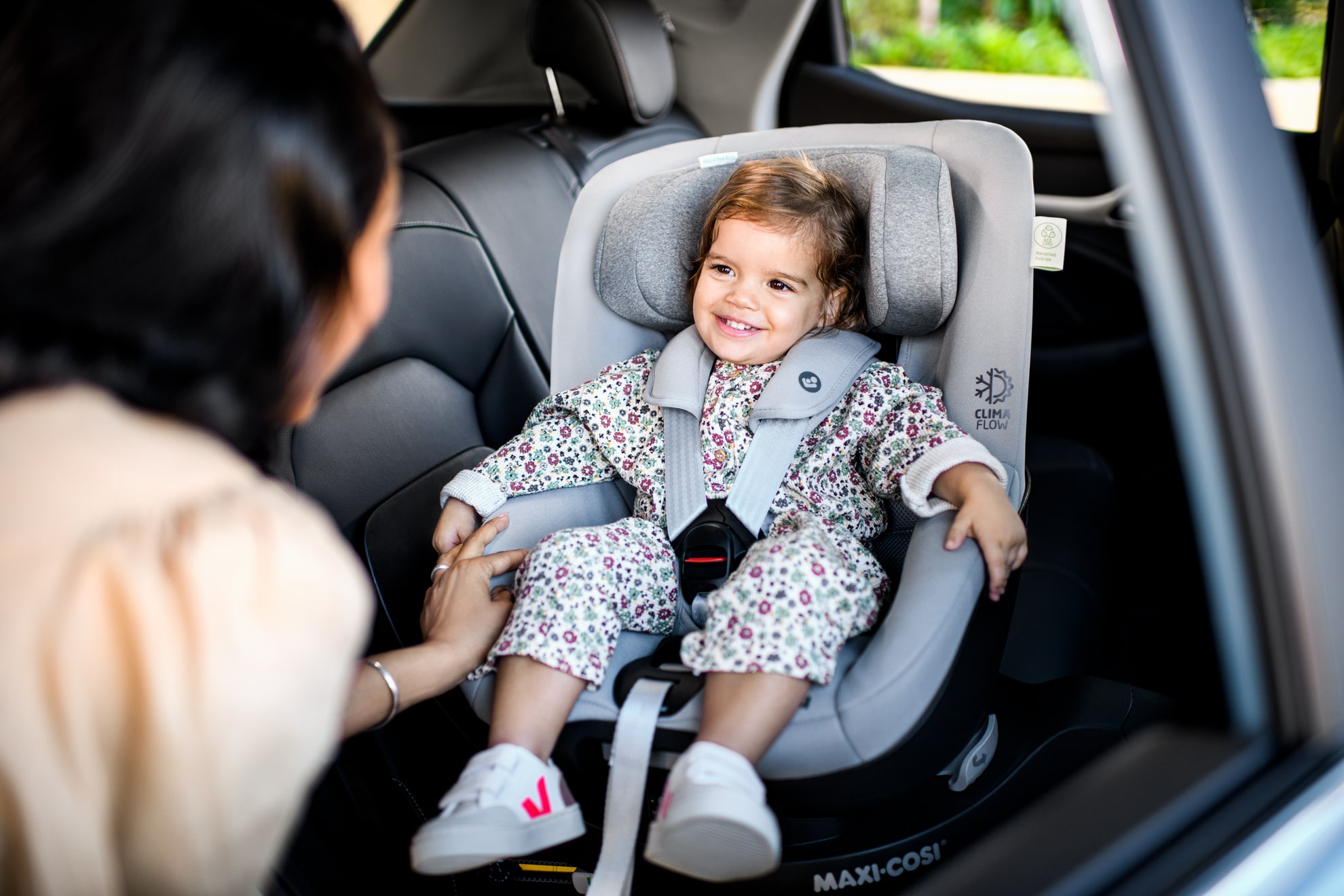What is R44 Car Seat Safety Standards?
The R44 safety standard is a European safety regulation that outlines the minimum safety requirements for child car seats. It sets forth the standards for designing and manufacturing child restraint systems with the goal of enhancing the safety of young passengers during car travel.
The R44 standard has been in use for several years and has undergone updates to address changing safety needs.

Key features and aspects of the R44 safety standard include:
1. Weight-Based Categorization
The R44 standard categorizes child car seats based on the weight of the child. It defines different groups, such as Group 0, Group 0+, Group 1, Group 2, and Group 3, each corresponding to a specific weight range. This classification helps ensure that the car seat is appropriate for the child's size and weight.

2. Installation Flexibility
R44 allows flexibility in the installation of car seats, accommodating both ISOFIX (a standardized attachment system for car seats) and seatbelt installations. This flexibility enables car seats to be used in a variety of vehicles.

3. Crash Test Requirements
Car seats compliant with the R44 standard must undergo crash tests to ensure they meet the minimum safety requirements. These tests typically involve simulating various collision scenarios to assess the effectiveness of the car seat in protecting the child during an accident.
4. Usage Guidelines
R44 provides guidelines for the proper use of child car seats, including recommendations for rear-facing and forward-facing positions based on the child's weight and age. Following these guidelines is crucial for maximizing the safety benefits of the car seat.
It's important to note that while R44 sets baseline safety standards, advancements in safety technology and a deeper understanding of child safety needs have led to the introduction of newer standards, such as R129 (i-Size), which incorporates additional safety elements and considers factors like height and age in addition to weight.
Parents and caregivers should always follow the specific guidelines outlined in the manufacturer's instructions for their car seat model, ensuring proper installation and use in accordance with the safety standards applicable to their region.



